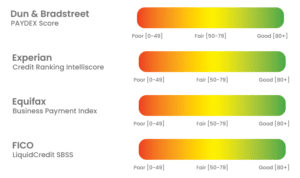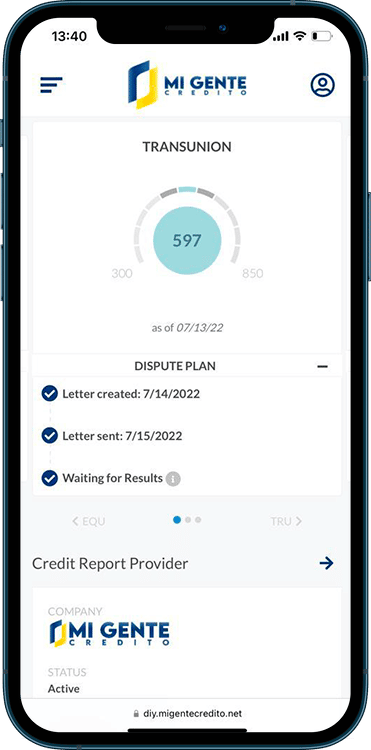Investing is a proven way to make money work for you while earning more from your work. Legendary investor Warren Buffett defines investing as “forgoing spending now so you can afford to spend more later.”
If you invest your money regularly, you can multiply it many times over over over time. That’s why it’s important to start investing as soon as you have some money. The stock market is also a good place to start.
Whether you have $1,000 to spare or just an extra $25 a week, you can get started. Remember, you can and should learn a lot about stock investing to achieve financial success. However, right now, read on for the steps to begin the process.
INVESTMENT CHART
Steps to Start Investing
1. Define your risk tolerance
What is your risk tolerance (chance of losing money on your investment)? Stocks are classified in different ways, such as large, small, aggressive growth and value. They all have different degrees of risk. Once you determine your risk tolerance, you can focus your investment on stocks that complement it.
2. Decide your investment objectives
You should also define your investment objectives. When you open a brokerage account, an online broker such as Charles Schwab or Fidelity will ask you about your investment objectives (and, more importantly, your appetite for risk).
If you’re just starting your career, your investment goal may be to increase the amount of money in your account. If you’re older, you probably want to generate income and grow and protect your wealth.
Your investment goals may include buying a home, funding your retirement or saving for tuition. Goals can change over time. Just be sure to define them and review them periodically so you can maintain your focus on achieving them.
3. Determine your investment style
Some investors choose to actively participate in managing their investments, while others may prefer to set it and forget it. Your preferences may change, but you need to decide how to get started.
If you are confident in your investment knowledge and ability, you could manage your investments and portfolio on your own. Traditional online brokers, such as the two mentioned above, allow you to invest in stocks, bonds, exchange-traded funds (ETFs), index funds and mutual funds.
An experienced broker or financial advisor can help you make your investment decisions, monitor your portfolio and make changes to it. This is a good option for beginners who understand the importance of investing but want an expert to help them do it.
A robo-advisor is an automated, hands-off option that usually costs less than working with a broker or financial advisor. Once the robo-advisor has your goals, risk tolerance level and other information, it will automatically invest for you.
4. Choose your investment account
Occupational retirement plans – If your company offers active retirement plans, you can invest in a variety of stock and bond funds, as well as mutual funds, through an active retirement plan such as a 401(k). It may also offer opportunities to invest in company stock.
Once you enroll in a plan, contributions are made automatically at the level you set. The company can make matching contributions on your behalf. Your contributions are tax-deductible and the growth of your account balance is tax-deferred. This is a great way to maximize your investment with little effort. It can also instill regular investment discipline in investors.
An IRA or taxable account at a brokerage: You can also start investing in stocks by opening an individual retirement account (even in addition to having a workplace plan). Or, you can opt for a regular, taxable brokerage account.
Typically, you will have many options to choose from for investing in stocks. These can be individual stocks, stock mutual funds and exchange-traded funds (ETFs), stock options. A robo-advisor account: As referenced above, this type of account takes your investment objectives and creates a portfolio of stocks for you.
5. Learn to diversify and reduce risk
Diversification is a very important investment concept to understand. Simply put, by investing in a range of assets, or diversifying, you reduce the risk that the performance of one investment could severely impair the performance of your overall investment portfolio. You could think of it as financial jargon for not putting all your eggs in one basket.
It can be difficult to diversify when it comes to investing in individual stocks if our budget is limited. For example, with only $1,000, you may only be able to invest in one or two companies. This poses a greater risk.
This is where mutual funds and ETFs can help. Both types of funds typically hold a large number of stocks and other investments. This certainly makes them a much more diversified option than a single stock.
Minimums to open an account
Many financial institutions have minimum deposit requirements. In other words, your account application will not be accepted unless you deposit a certain amount of money.
It pays to shop around, and not just to find out minimum deposits. See our broker reviews (see below). Some companies do not require minimum deposits. Others may reduce costs, such as account management and trading fees, if you have a balance above a certain threshold. Still others may offer a certain number of trades with no commission for opening an account.
How to invest in U.S. stocks?
There are many ways to invest in the world’s largest market and we will list them here.
Physical visit to the U.S.
If you want to open a brokerage account, the legitimate and traditional way, you have to personally go to the United States. If you are on vacation or are an OFW in the US, it is a great opportunity to open an account there to buy US stocks.
Online U.S. Stock Brokers
You can also create an online account with discount stock brokers. This is probably the easiest way, but there are caveats. You’ll need more paperwork to prove you’re not a U.S. citizen (for tax purposes) and they have high opening deposits.
Most US online stock brokers require an average of $10,000 to open an account with them. For most people, investing in the US is just testing the waters. So a 10,000 peso deposit may not be a viable solution.
The solution? There are some platforms that you use to test the U.S. stock market that don’t ask for $10,000 to open an account. You only need $200 to open an account. You can visit their platform and test it, of course, this will always be at your own risk.
Requirements to open a securities account in the USA.
There are requirements and documents you need to submit to open an account with them. So here are the steps to get you started investing in US stocks.
Register and create an account. You will need to fill out your personal information and some investment questionnaires for them to evaluate you.
Prepare your documents. You will need the following:
– Government-issued identity document (passport, driver’s license, etc.).
– Utility bill or bank or credit card statement. This is to verify the address where you currently live.
Mode of deposit or withdrawal. You will need to put your bank account, PayPal address or credit card information for deposit or withdrawal. This is to make sure the deposit accounts are the same with the withdrawal accounts to fight fraud.
Don’t worry about the sequence of these steps. The platform will guide you the rest of the way. It’s easy.
Once you’ve made a deposit of $200 to start investing, you can start buying US stocks. You just need to know the symbol of the stock you want to buy.







